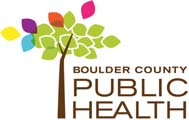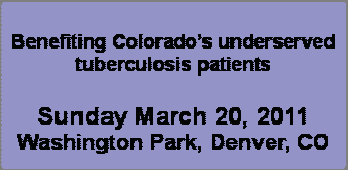lpg.obs.ujf-grenoble.fr
Phone: +33 (0)4 76 63 52 84Fax: +33 (0)4 76 51 41 46Optique remote sensing, hyperspectral imagery, imaging spectrometers, physical model-ing of the remote sensing signal, radiative transfer modeling, Digital Elevation Models,spectroscopy of ices and gases, planetary sciences, machine learning in remote sensingPh.D., Planetary Sciences (expected graduation date: October 2011)• Area of Study:


 February 2011
February 2011

 STD Guidelines, continued from page 1
in a study of South African women, with more studies underway to determine optimal Fluids: Patients with mild to moderate
STD Guidelines, continued from page 1
in a study of South African women, with more studies underway to determine optimal Fluids: Patients with mild to moderate